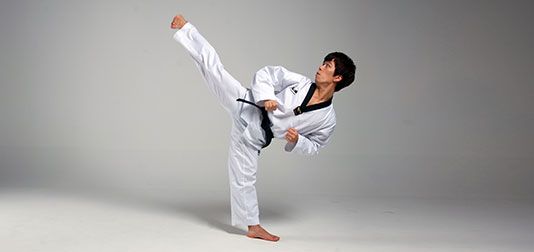Earl Weiss
Senior Master
- Joined
- Jan 27, 2009
- Messages
- 3,587
- Reaction score
- 930
Mr Weiss, I suggest you open the 59/65 encyclopedia and look at the forward/walking stance. It is suspiciously low compared to the Okinawa style...and quite identical to the Shotokan revision. I wonder why.
It's no wonder. Top Martial artists were recruited into the 29th Infantry division. They consisted predominantly of CDK people among them the most hands on senior instructor at the time Nam Tae Hi. as well as Han Cha Kyo. The CDK was basically doing Shotokan at the time.
This is where the initial group of instructors was developed, sent out to do demos and ultimately spread far and wide teaching the system. CDK luminaries included Jhoon Rhee, He Il Cho, and HU Lee.
Took me a while to fix stuff which came thru lineage to pioneers, and I know some of the Pioneers never changed their habits.
So,in 1959 that is what you got. Even decades later that is how their progeny were trained. The need to get a book out trumped the need for a thoroughly refined manual. The 1972 Book made many refinements. The 1980 Encyclopedia had a lot more detail.

